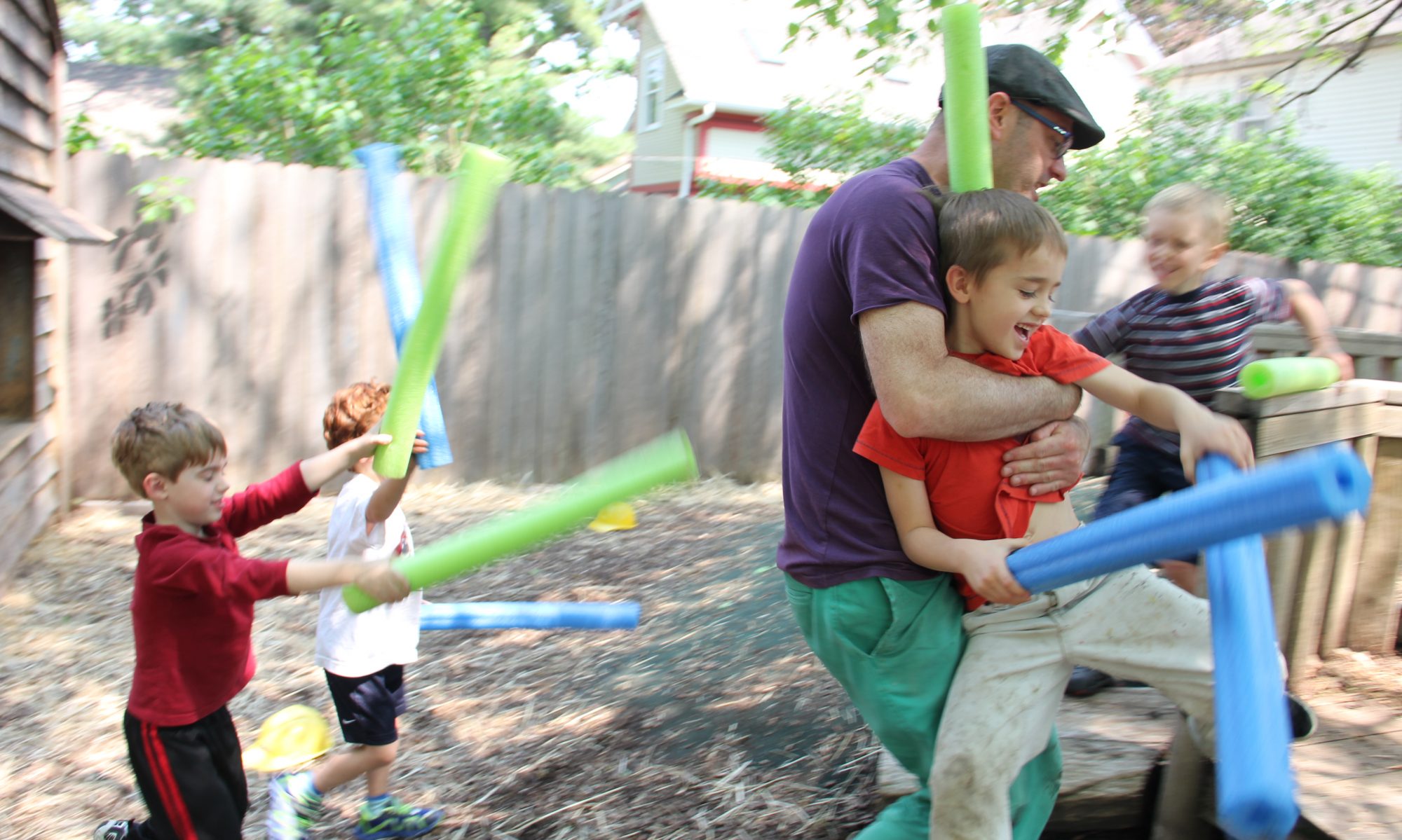Our society has a problem with understanding the concept of consent. The Stanford case is only the most recent public example of a culture that fosters sexual harassment and sexual assault. The Stnaford rapist obviously disregarded the notion of consent, but there were many in the media and legal system that also did not seem to understand that no one has the right to touch or interact with another person without permission. I have been thinking about this situation for a while, but since this blog is geared toward those who work with young children, I didn’t think I would address it here.
But when I look at the problem as a cultural phenomenon, I realize that all of us have a responsibility to do something. In closer reflection, I see that there is something I can do. While preschoolers have different types of interactions than adults, they are also deal with the issue of respecting others and their belongings.
We have the guideline “We Take Care of Each Other” in my classroom. This guideline covers any type of play or interaction. I can’t take a toy from someone else just because I want to play with it. I can’t say something that hurts another child’s feelings, even if I didn’t intend to hurt them. For example, preschoolers love to rhyme words, but I can’t call Chuck, “Truck” if he doesn’t want me to. Even if he thought it was funny earlier in the day.
One of the ways children learn to take care of each other is roughhousing. 
Some teachers will stop children if they play rough so they don’t hurt each other. I think this is a missed opportunity for children how to learn to respect each other. If two children want to roughhouse, they are taking care of each other when they roughhouse, meeting the need they have for physical play. However, if one child wants to play rough and tackles a child without asking, that is clearly not OK. That child is not taking care of the other child. The child must ask first.
If Sandra and Kenneth knock over Latifa’s block building while they are playing rough, they are not taking care of Latifa. If Sandra and Kenneth move to the mat where no one is building, they are taking care of each other. If Kenneth says, “Stop,” at some point, Sandra needs to stop. If Kenneth decides to resume the roughhousing, he will let Sandra know. It’s not a question of whether the play itself is “right or wrong, but rather it is a question of whether children are respecting each other. Stop means stop.
Often children will say, “Stop,” frequently if they are new to roughhousing or if their play partner is new. They are testing whether this partner is trustworthy. Do they stop when I ask? Usually after a short pause they will play rough again. As they gain trust in another, they usually pause the game less often.
Sometimes children don’t even need to say, “Stop.” They express their desire to stop by crying or cringing a bit. In this case, not only do the other play partners stop roughhousing, they also check in. Are you OK? Can I help you? Do you want a hug? As teachers, we may have to teach some children to check in with others, but most children pick up on it fairly quickly.
There are some children who are not yet able to read the body language of others. They may continue to play rough despite a child tearing up. It might be easy to simply not allow these children to play rough, but I think these children are precisely the ones we need to teach by giving them more opportunities to play rough. The teacher can describe the body language. “He’s scrunching up his face, try not pushing so hard. Now he’s smiling, he liked when you knocked him down.” Children can learn with this direct instruction. If these children don’t learn to read body language, they are at risk of being rejected by other children. These rejected children have less opportunity to gain social skills and often end up exhibiting anti-social behavior later.
The last thing I would like to say about children learning to respect others and asking for consent is in regards to interactions with adults. Our culture often has an expectation that children must hug certain adults such as relatives. If children hesitate, they are told they must hug Auntie. I think it is seen as a sign of respect toward the elder, but it shows little respect for the child. I think it sends the message that children don’t get to decide who touched them. This is hardly a message we should be sending. You can ask if child wants to give a high five, or you can ask if the child will give a hug with you, but then leave it up to the child. Don’t admonish them if they say, “No.” No means no.
Teachers of children all ages have an opportunity to change the value of consent in our culture. We just have to start seeing it as something we teach. There may be no greater lesson.




